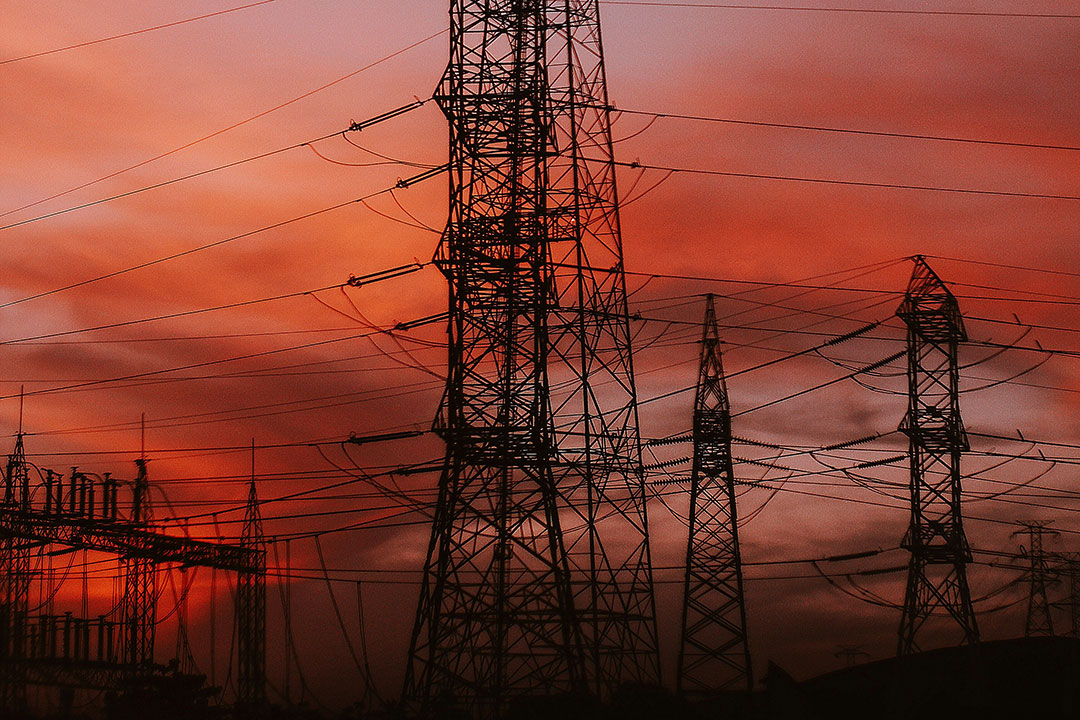
Thinking Beyond Politics
By Victor Andres C. Manhit

This is probably the worst time to have power outages, and yet they have been happening more frequently across the country in the past few days. The National Grid Corp. of the Philippines (NGCP) has issued a series of red and yellow alerts since last week, giving lie to prior assurances that there is no power shortage in the country.
It is not just because of the dangerous heat levels, either, even as the high heat indices are taking their toll on people’s health and their usual economic or educational activities and worsening the power situation. Even without the scorching hot days the power requirement remains. The nation is still trying to establish itself as an economic hub in Southeast Asia and the world. We have industries to develop, infrastructure to build, and jobs to create.
But this is a macro-perspective. Different local governments have specific circumstances that may not necessarily be true anywhere else. Each LGU has its own population, demographic profile, resources, eco-nomic history, and strengths. Each one has a different economic make-up and set of industries and players. As a result, they have different power requirements. From the supply side, there are different power distribution utilities (DU) for each LGU: some of them are electric cooperatives, and some of them are private companies. These utilities vary in their capacity, performance history, and capital muscle.
Data sourced from the Energy Regulatory Commission (ERC) are most instructive if we want to find out which of the DU are performing well, or badly. Specifically, two indices — the System Average Interruption Frequency Index (SAIFI) and the System Average Interruption Duration Index (SAIDI) — paint the picture of how a DU is able to respond to the energy needs of the area in which it operates.
High scores in interruption frequency (how often) and interruption duration (how long) will tell us that the DU, whether it is an electric cooperative or a private corporation, is not able to meet the require-ments of the LGU. Low scores indicate a relatively better performance. Over time, if SAIFI and SAIDI scores increase, it means the DU is finding it difficult to cope with demand. In contrast, if the SAIFI and SAIDI scores go down over time, the utility is able to contain the outages to a minimum in terms of frequency and duration.
An example would be Meralco, the DU with which Metro Manila residents are familiar. Despite the supposed power shortage, disruptions in the National Capital Region have been rare and usually for short periods only. It makes sense that a company as established as Meralco should be able to respond well to the energy needs of Metro Manila, the country’s economic powerhouse. Metro Manila accounts for 31.7% of the Philippines’ gross do-mestic product, according to the Philippine Statistics Authority.
But the Calabarzon region, which accounts for 14.4% of the national GDP, and Central Luzon, with a 10.6% contribution, do not enjoy the same consistent and reliable supply of power. This is unacceptable because brownouts, especially if they are long and frequent, have the power to disrupt economic activity and turn off investors. Several LGUs and businesses in Laguna, Batangas, and Pampanga provinces have clamored for the replacement of their existing DUs because of grave economic consequences to them.
In 2022, the highest SAIFI in Luzon was observed in ALECO/ APEC (53.38), LUBELCO (42.85), and OMECO (37.44) among cooperatives, while private distribution utilities (PDU) LUECO had an index of 22.01, 14.44 for IEEC, and 12.71 for AEC. These figures are in stark contrast to the 1.32 SAIFI of Meralco.
In the Visayas, the highest SAIFI was AKELCO’s (34.03) among cooperatives while for PDUs, MORE (PECO) had a 21.11 index.
Mindanao had the worst situation, with the highest SAIFI from electric cooperative BASELCO at 379.11, and PDU CEPALCO at 17.56.
In terms of duration, the situation also looks bleak for most places outside of Metro Manila. The highest SAIDI in Luzon was earned by MASELCO, LUBELCO, and MARELCO (6,750.94; 5,941.25; and 4,856.52) among cooperatives while private utilities FBPC (BELS), LUECO, and CELCOR had 2,083.61; 1,726.81; and 1,334.01 respectively. The standard set here by Meralco was 130.63.
Among electric cooperatives in the Visayas, CENECO registered the highest SAIDI at 4,377.77 while private DU MORE (PECO) was at 3,030.20. In Mindanao, ECDU MAGELCO topped the list for cooperatives at 79,565.73 while private firm ILPI had an index of 1,553.48. In contrast, Meralco had a SAIDI of 130.63.
Across the country, there are now 121 electric cooperatives and 20 private distribution utilities. But the real numbers that matter pertain to the quality of service that these utilities, whether they are cooperatives or private companies, provide to the people. The indicators we should watch out for have to do with disparities in terms of one area being given better rates and services by its own DU. We want to ensure that the economic potentials of these areas are not hampered by disruptions caused by their DUs’ poor services.
Electric cooperatives, given their organizational structure, may face more challenges in terms of upgrading their equipment and ensuring greater efficiency than their private counterparts, even as being private is also not a guarantee of high capability and good service. DUs must remember that they are in this not just to make money but to serve the public’s interest, and a very basic interest at that: to power homes, communities, and industries, for the sustained development of the economy and the improvement of Filipinos’ quality of life.
Victor Andres “Dindo” C. Manhit is the president of the Stratbase ADR Institute.